
Not Used
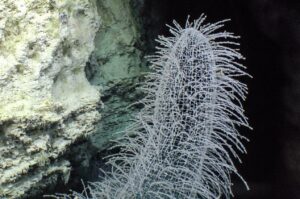 Our research is focused on developing and utilising geochemical proxies to track environmental change in the oceans in time and space. Isotope and trace element records, extracted from the skeletons of marine calcifiers in particular (e.g. corals and sclerosponges) that can inhabit shallow waters to deep-sea environments, are used to determine how climate and anthropogenic processes have influenced our oceans over recent and geological timescales. Integral to this work, is studying biomineralisation processes, and how they influence the geochemical compositions.
Our research is focused on developing and utilising geochemical proxies to track environmental change in the oceans in time and space. Isotope and trace element records, extracted from the skeletons of marine calcifiers in particular (e.g. corals and sclerosponges) that can inhabit shallow waters to deep-sea environments, are used to determine how climate and anthropogenic processes have influenced our oceans over recent and geological timescales. Integral to this work, is studying biomineralisation processes, and how they influence the geochemical compositions.
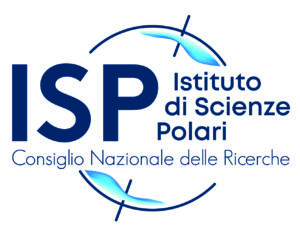

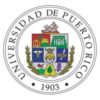
Professor Clark Sherman

Professor Amos Winter
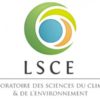
 University of Padova
University of Padova
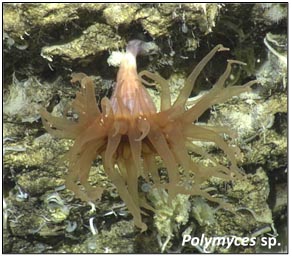
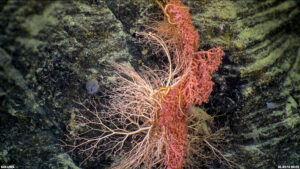 Gechemical techniques commonly employed include boron isotopes and trace elements concentrations for reconstructing seawater pH, temperature, nutrient flux, carbonate ion and hence saturation state, in order to understand the processes of anthropogenic driven climate change and ocean acidification. The uranium-thorium disequilibrium dating technique is also used to analyse carbonates, which can provide absolute dates for samples ranging from >100,000 to several years in age. All geochemical preparation and mass spectrometry is undertaken in the state-of-the-art Advanced Geochemical Facility for Indian Ocean Research (see Facilities).
Gechemical techniques commonly employed include boron isotopes and trace elements concentrations for reconstructing seawater pH, temperature, nutrient flux, carbonate ion and hence saturation state, in order to understand the processes of anthropogenic driven climate change and ocean acidification. The uranium-thorium disequilibrium dating technique is also used to analyse carbonates, which can provide absolute dates for samples ranging from >100,000 to several years in age. All geochemical preparation and mass spectrometry is undertaken in the state-of-the-art Advanced Geochemical Facility for Indian Ocean Research (see Facilities).
A range of biogenic archives underpin our research, which addresses present-day issues of climate change and ocean acidification, water pollution, as well as understanding environmental changes over longer (geological) timescales, that latter providing key boundary-conditions essential to constraining ocean-atmosphere models. Our research projects are utilising a range of species of shallow-water and increasingly deep-sea corals, and sclerosponges. Detailed characterisation of present-day conditions at the collection sites is used to ‘ground-truth’ the responses of these biogeochemical archives to climate and environmental changes.
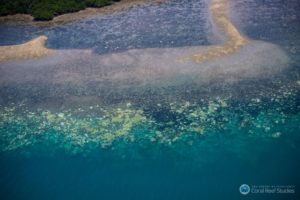
Shallow water coral reef environments are facing threats from both CO2 driven ocean warming as well as ocean acidification. State-of-the-art geochemical proxy studies of long-lived sclerosponges and massive corals are used to track long-term changes in ocean temperature and carbonate chemistry (ie pH, carbonate ion) of waters from a range of environments, including shallow coral reef waters, the upper mixed layer inhabited by sclerosponges and increasingly the deep-sea-waters of the Southern Oceans. These studies aim to identify and characterise longer-term changes in the shallow as well as poorly known deep oceans. Our focus is increasingly on bteer defining the temperature of the ‘pre-industruial’ era (i.e before 1850) as well the longer-term ability of the upper oceans to continue to sequester greenhouse-generated heat and CO2 as well as the frequency and longer-term impacts accompanying these processes. Understanding the vulnerability of coral reef habitats that occur along Australia’s and especially Western Australia’s extensive coastline is of paramount interest.
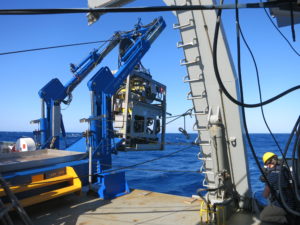
Geochemical proxy records extracted from deep-water coral skeletons are being used track environmental changes in intermediate to deep waters in space and time. A wide range of geochemical tools (including U-Th, 14C, εNd, δ13C, δ15N, Li/Mg, B/Ca, Ba/Ca, U/Ca) are being used to understand ocean-climate interactions at local and regional scales between the southeast Indian Ocean (Perth Canyon) and Antarctica. The aim is to characterise changes in ocean circulation patterns, climate trends, and carbon flux during recent (anthopogenic and pre-industrial) times and through the last glacial-interglacial cycle (~30-15 ka), in order to understand the drivers and long-term responses in Earth’s ocean-climate system during periods of major climate change.
Australia’s coastal zone contains some of the planets most spectacular and unique environments. Arguably the least well known are the deep-sea canyons that occur along the shelf edge of Australias continental margin. The Perth Canyon is the largest of these systems and as its name suggests is located offshore Perth the capital city of Western Australia. Other canyons also occur offshore sw Western Australia in what were thought to be more ‘pristine’ areas but are still subject to detectable levels of pollution from a surprising range of sources including commercial fishing as well defense related activities. As part of our international research program we are now documenting the character and prevalence of these various types of anthropogenic pollution in the deep-sea canyons as well as the nearby coastal waters subject to a growing range of hazards from ever-increasing urbanisation and industrialisation.

Geochemical proxy records extracted from deep-water coral skeletons are being used track environmental changes in intermediate to deep waters in space and time. A wide range of geochemical tools (including U-Th, 14C, εNd, δ13C, δ15N, Li/Mg, B/Ca, Ba/Ca, U/Ca) are being used to understand ocean-climate interactions at local and regional scales between the southeast Indian Ocean (Perth Canyon) and Antarctica. The aim is to characterise changes in ocean circulation patterns, climate trends, and carbon flux during recent (anthopogenic and pre-industrial) times and through the last glacial-interglacial cycle (~30-15 ka), in order to understand the drivers and long-term responses in Earth’s ocean-climate system during periods of major climate change.